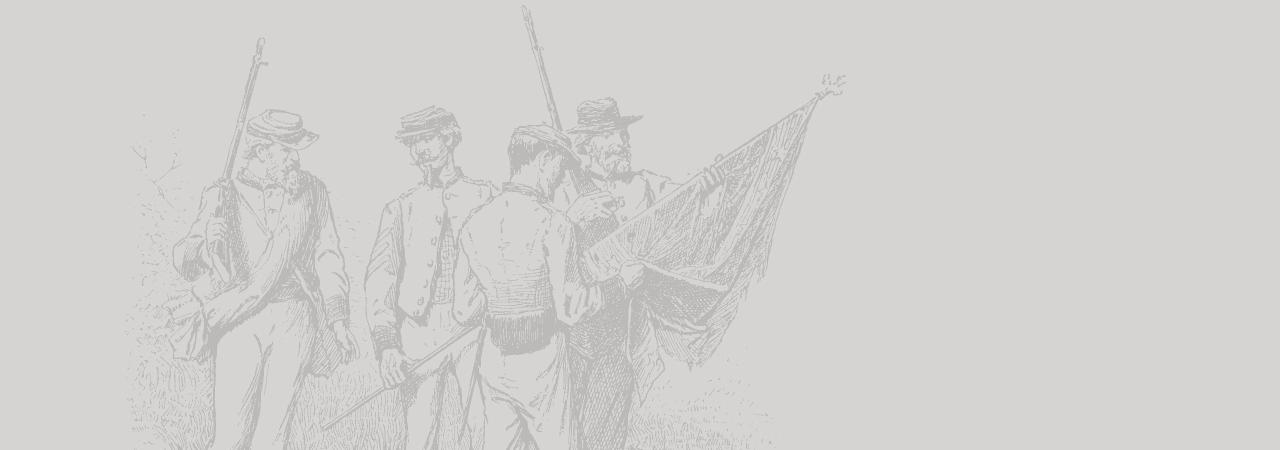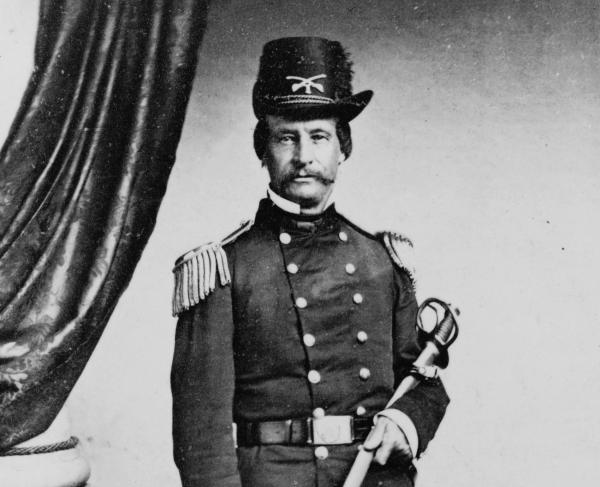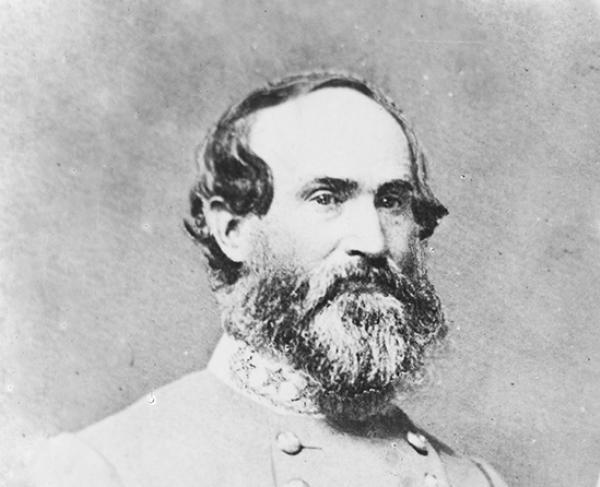
Lynchburg
Campbell County, VA | Jun 17 - 18, 1864
On June 17-18, 1864, Jubal Early’s vastly outnumbered Confederate army defended the vital Southern city of Lynchburg, Virginia. By the 17th, David Hunter was convinced the Confederate army was larger than it was, resulting in him pulling back his army and opening the Shenandoah Valley to Early, allowing him to launch his campaign toward Washington D.C.
How It Ended
Confederate Victory. After hearing trains coming in and out of Lynchburg during the night of the 17th, Hunter was convinced the Confederates had a larger force than they actually had and withdrew. This decision opened the Shenandoah Valley for Early’s army to invade Maryland.
In Context
In the summer of 1864, Union General Ulysses S. Grant ordered an offensive into the Shenandoah Valley, intending to capture the vital Confederate city of Lynchburg. The city was a vital rail hub for the Confederacy, having three rail lines running through Virginia and East Tennessee, Southside, and Orange and Alexandria railroads. At first, the Federals were defeated at the Battle of New Market in May but renewed the offensive in June when David Hunter gained a victory at the Battle of Piedmont. By mid-June, Hunter’s army was on the outskirts of the vital Southern city and was poised to take it. However, Confederate General Robert E. Lee directed Jubal Early and what was left of the 2nd Corps to move by rail and help defend the city
By June 15th, David Hunter's roughly 17,000-man army made it to Liberty, Virginia, after leaving Lexington the day before, where he burned the Virginia Military Institute and Governor John Letcher's home. After reaching the city, Hunter decided to give his army a day's rest before marching on to Lynchburg, only a few miles away.
On the morning of the 17th, Hunter's cavalry reached the outskirts of Lynchburg. Over the next several hours, the Federal cavalrymen engaged with Confederate cavalry, slowly pushing them back towards the city. By the afternoon, Jubal Early's Confederate force reached Lynchburg and took up positions near the Quaker-Meeting house. By 4 o'clock, Hunter's force arrived on the city's outskirts and renewed their attacks along the Confederate lines, pushing them back until Stephen Ramseur's Confederate division arrived on the field and halted the Federal advance.
Throughout the night of the 17th-18th, Early's Confederates dug and created a stable line of earthworks. Meanwhile, Early came up with a plan to confuse the Union army by running trains in and out of the city while making the civilians of the town cheer every time the trains stopped in town. This illusion made Hunter believe more Confederates, possibly from the 2nd Corps were arriving.
By the morning of the 18th, both sides skirmished. That afternoon, Hunter decided to test the Confederate lines by sending infantry and cavalry towards their flanks to spot any weakness in their lines. Finally, at around 11:00 a.m., Early decided to probe the Federal’s center lines. The Confederate attack was ferocious, but the Federal center held due to the arrival of George Crook's division
700
200
After Early's attack subsided, Hunter fully believed that the 2nd Corps from Lee's army was on the field, making the Confederate force larger than his. However, Early's force was still much smaller than his and awaiting more reinforcements from the 2nd Corps. Hunter's problems only grew from there. Due to his army's extended supply lines, many of the vital wagons carrying the supplies to feed his army were captured by Confederate raiders forcing his army to run low on food and ammunition. Knowing that if the larger Confederate force to his front attacked, his army would not have enough ammunition to last a battle thus, Hunter decided to pull back at nightfall. Hunter’s withdrawal opened the Shenandoah Valley from Lynchburg to Maryland, allowing Early to march on Washington.
In early June 1864, Hunter renewed the Lynchburg Campaign and quickly discovered that as he moved further into the valley, his supply lines grew longer and longer. With Hunter’s supply lines becoming weaker and weaker, Confederate raiders like John S. Mosby attacked and captured many of the wagons for his own army. By the time Hunter’s army reached Lynchburg in mid-June, his army was running low on food and ammunition. The situation grew only worse for Hunter once he believed the Confederate army to his front was much larger than his own. Not wanting to be drawn into a larger engagement, Hunter withdrew into West Virginia.
By the beginning of the Civil War, three railroads ran through Lynchburg: Virginia and East Tennessee, Southside, and Orange and Alexandria. Not only was it a rail hub, but it was also an industrial center. Because of this, General Ulysses S. Grant wanted to capture the city for the Union war effort. However, due to the efforts of Confederate General Jubal Early, Grant’s efforts were stopped in June 1864.
Related Battles
16,643
14,000
700
200






